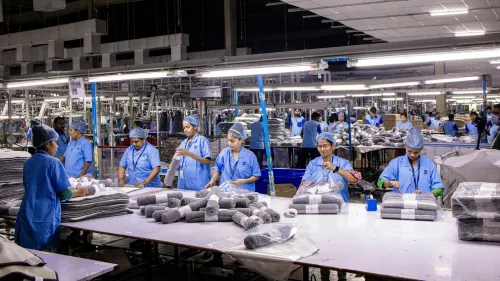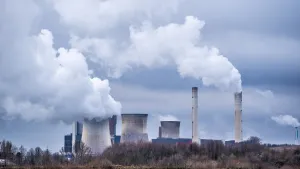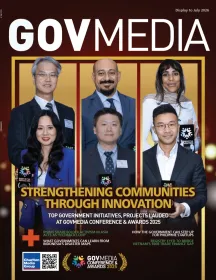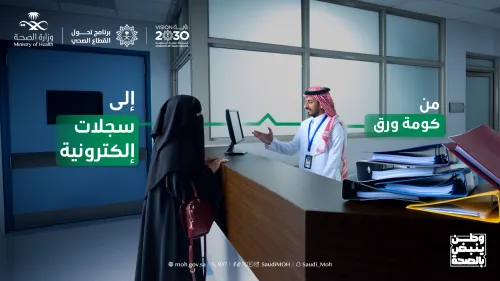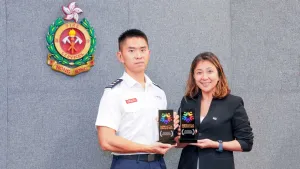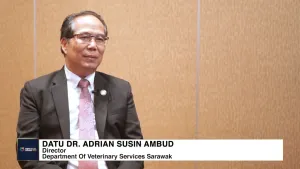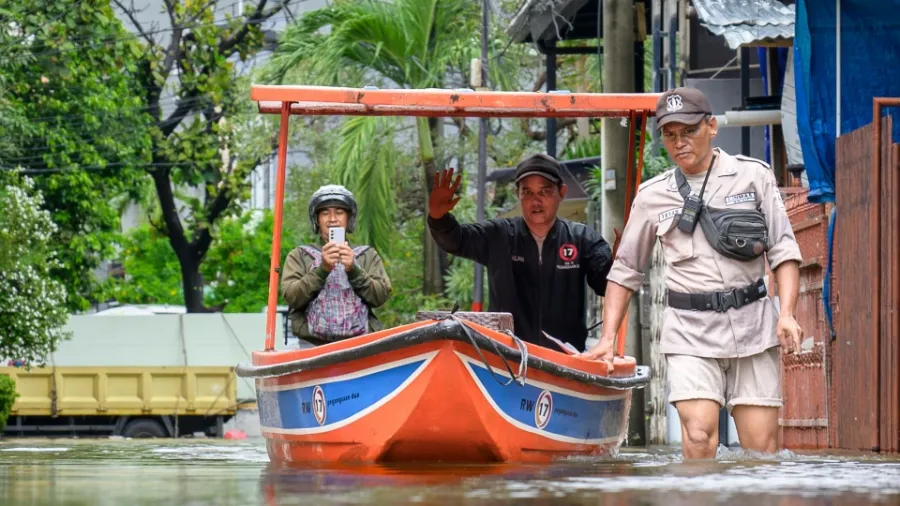
What governments can learn from Indonesia’s Disaster Map Foundation
Data sharing a key element of community-led disaster information platforms.
In times of catastrophes, the lack of reliable information can prove just as disastrous as the events themselves. Yayasan Peta Bencana (Disaster Map Foundation) – the coordinating body of one of the biggest open-source climate adaptation softwares – knows just how crucial it is for residents to have equal access to verified data and has been working with government agencies, frontline communities, and other experts to drive its mission forward.
Indonesia-headquartered Yayasan Peta Bencana – which came to life in 2017, a few years after the launch of the PetaBencana.id platform – was recently featured in a case study by Texas Tech University Tenured Assistant Professor Wendy D. Chen, PhD, as part of the IBM Center for The Business of Government’s “Drought, deluge, and data” report.
In the case study, Chen pointed to the “enormous” challenge of putting together disaster information from various sources. “Integrating social media reports, government data, and sensor information into a cohesive platform was a complex undertaking, along with verifying crowdsourced data and scaling the platform for high traffic during disaster events,” she noted.
Talking about PetaBencana.id, the assistant professor said: “By aggregating, filtering, and visualising updates from many sources into a single platform, the website provides a comprehensive overview of disaster events, enabling residents, government agencies, and humanitarian organisations to make informed decisions during emergencies.”
Enabling “collective resilience” via crowdsourced data
According to Chen, the initiative was born following the growth of social media in the late 2000s and early 2010s, which saw many residents in Jakarta sharing flood updates on microblogging services and messaging apps. With Yayasan Peta Bencana’s technology, the goal is to enable what the assistant professor called “real-time situational awareness” during floods.
In Chen’s view, PetaBencana.id bridges critical information gaps and has revolutionised disaster communication and response in flood-prone communities by ushering in “a new era of collective resilience” through the power of real-time, crowdsourced data.
“These efforts gain community trust and empower residents to contribute vital data during disaster events,” she stated. “A community-driven approach fosters resilience and showcases the usefulness of collective intelligence in addressing complex urban challenges.”
Chen added that valuable insights have since emerged, guiding other regions in adopting the same solution. In 2020, MapaKalamidad.ph – an emergency response and disaster management platform powered by Yayasan Peta Bencana’s software – was launched in the Philippines.
At the time, USAID Office of Foreign Disaster Assistance’s Joseph Curry said: “While we depend on the government to be the authoritative source on damages and needs, we also recognise that those affected have the most up-to-date information and have an essential role to play.
"MapaKalamidad.ph adds a new dimension to data and information collection by empowering citizens to directly report hazards, critical lifelines, and damages in their neighbourhoods via social media apps and mobile apps.”
Lessons for megacities in South and Southeast Asia
As for the learnings, Chen cited four important lessons that densely populated megacities in South and Southeast Asia can leverage when it comes to emergency response and disaster management.
“Community engagement is crucial,” the case study author declared. “It underscores the platform’s relevance and effectiveness, while enabling communities to adapt to dynamic environments and stay ahead of emerging challenges.
“Leveraging collective intelligence is instrumental to success. Social media data collection generates accurate and timely information and surpasses traditional data collection methods in terms of speed, volume of data, and cost-effectiveness.”
Chen went on to say that data integration is fundamental and essential. “Incorporating data from social media, government reports, and sensor data creates a more comprehensive and reliable disaster response system,” she pointed out, adding that partnerships also optimise impact.
